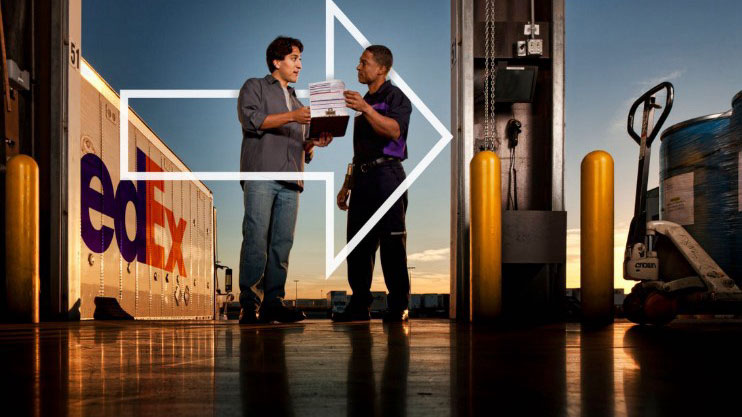Logistics company Federal Express Corp, yesterday announced that it is conducting a series of webinars across the Asia Pacific region to help its customers manage regulatory changes and respond to shifting trade environments.
At least 6,500 participants have attended these webinars so far, demonstrating the need for guidance within the business community as customers diversify their supply chains, and adapt to global uncertainties and heightened customs complexities, FedEx said.
Tariff uncertainty, rising costs
FedEx studies showed that among the participants, 19 percent are already implementing diversification, while 29 percent plan to retain their current supply chain set-up.
Businesses that have identified ongoing tariff uncertainty stood 41 percent, while 29 percent saw increasing costs as both the drivers’ and key barriers to supply chain diversification.
These insights underscore the growing importance of leveraging best practices and the expertise of trade experts to tackle customs challenges and enhance supply chain resilience.
“Customs compliance can often be challenging for many concerns(SMEs) which may have a gap in expertise in their lean teams,” Maribeth Espinosa, managing director, FedEx Philippines said.
Simplifying processes
“With the introduction of tools like Customs AI and the HS Code Lookup Feature, we hope to alleviate the complexity,” she noted. “These solutions can help to simplify the process, reduce costly delays, and allow our customers to focus more on growing their business rather than navigating documentation requirements.”
Espinosa assured that FedEx will continue to invest in infrastructure to support regional trade. I
“In addition to our strong intra-Asia network, the recent launch of a direct Singapore-Anchorage flight improves transit times between Southeast Asia and the US offering faster delivery options for businesses in the region,” she pointed out.
“FedEx also launched a new flight connecting its Asia Pacific Hub in Guangzhou, China to Bangalore, India and onwards to Liege and Paris in Europe in November last year. The flight operates five times per week to enhance intra-Asia and Europe connectivity,” she said.




